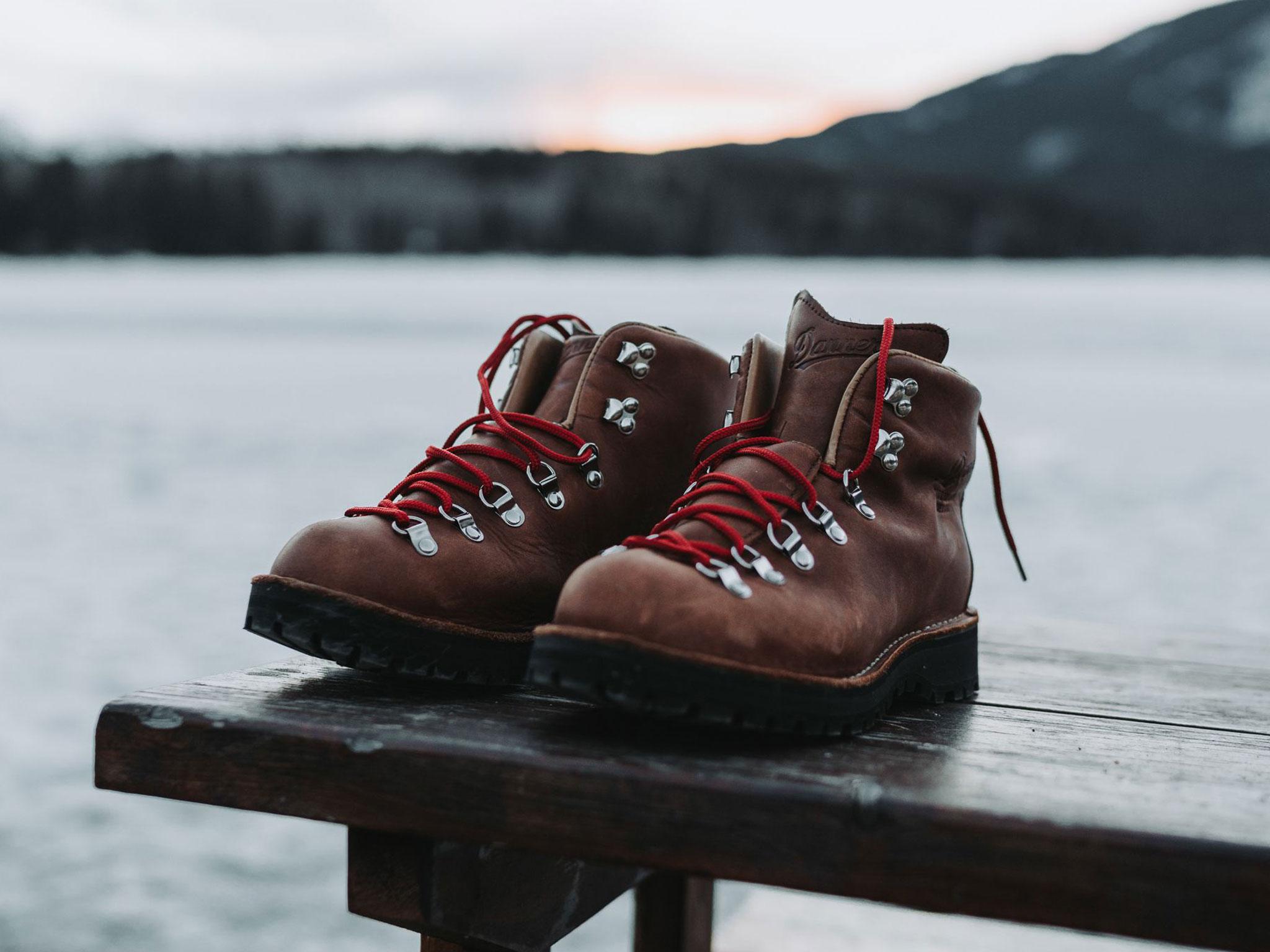The Ultimate Guide to Choosing the Perfect Pair of Hiking Boots

When it comes to preparing for a thrilling hiking adventure, one of the most essential items to consider is the perfect pair of hiking boots. These durable and reliable companions can make all the difference in providing comfort, support, and stability throughout your journey. However, with so many options available, finding the right pair can often feel overwhelming. Fear not, as we have crafted the ultimate guide to help you navigate through the vast selection and make an informed decision. Whether you are a novice hiker or a seasoned explorer, this comprehensive guide will equip you with the knowledge you need to choose the ideal hiking boots that will withstand the challenges of the trail while keeping your feet happy.
Understanding the Different Types of Hiking Boots
When it comes to choosing the perfect pair of hiking boots, it's important to understand the different types available. Each type offers its own unique features and benefits, catering to various hiking preferences and terrains.
Trail Hiking Boots: Trail hiking boots are designed for light to moderate hiking on well-maintained trails. They are typically lightweight and offer a flexible sole that provides comfort and support. These boots are a great option for day hikes or hikes with minimal elevation gain.
Mid-cut Hiking Boots: Mid-cut hiking boots provide more ankle support compared to trail hiking boots. They are a popular choice for hikers who venture into more challenging terrains or carry heavier backpacks. These boots offer a balance between flexibility and stability, making them versatile for a wide range of hiking adventures.
Mountaineering Boots: Mountaineering boots are the most durable and supportive option for serious hikers who tackle rugged terrains and extreme conditions. These boots have a stiff sole and high-cut design that provide maximum stability and protection. They are commonly used for mountaineering, ice climbing, and multi-day backpacking trips.
Understanding the different types of hiking boots is essential in finding the right pair to suit your needs. Whether you prefer light and flexible boots for easy trails or sturdy and rigid boots for challenging adventures, there is a perfect pair out there for every hiker.
Factors to Consider When Choosing Hiking Boots
When it comes to selecting the perfect pair of hiking boots, there are several important factors that you should consider. These factors will not only enhance your hiking experience but also ensure that your feet are well protected and supported throughout your journey. Let's take a closer look at the key considerations when choosing hiking boots.
First and foremost, it is crucial to consider the terrain and conditions in which you will be hiking. Different types of hiking boots are designed to handle specific terrains, such as rugged trails, rocky surfaces, or muddy paths. Understanding the type of terrain you will encounter will help you determine the appropriate level of traction and grip needed for your boots.
Next, you should assess the level of ankle support that you require. Hiking boots provide varying degrees of ankle support, ranging from low-top hiking shoes to mid-cut and high-cut boots. If you plan on tackling steep and challenging trails or carrying heavy backpacks, boots with higher ankle support will offer greater stability and help prevent ankle injuries.
Another factor to consider is the boot's fit and comfort. Ill-fitting boots can lead to blisters, discomfort, and even foot problems during your hike. It is important to try on different brands and styles of hiking boots to find the one that provides the best fit for your feet. Look for boots with ample toe room and proper arch support, and consider trying them with the same socks you plan to wear while hiking.
Additionally, the material and weight of the hiking boots should be evaluated. Hiking boots are commonly made of leather or synthetic materials, each with its own advantages. Leather boots are known for their durability and water resistance, while synthetic boots are generally lighter and dry quicker. Consider the type of hiking you will be doing, as well as your personal preferences and priorities, when deciding on the material and weight of your boots.
By taking into account the terrain, ankle support, fit, comfort, and materials, you will be well-equipped to select the perfect pair of hiking boots that will support your feet and keep you comfortable throughout your outdoor adventures. Remember, a well-chosen pair of hiking boots can make a significant difference in your overall hiking experience.
Tips for Finding the Perfect Fit
When it comes to choosing the perfect pair of hiking boots, finding the right fit is crucial for a comfortable and enjoyable experience on the trails. Here are some tips to help you find the hiking boots that are just right for you:
Measure your feet accurately: Start by measuring your feet with a ruler or a measuring tape. Measure both the length and width of your feet to determine your shoe size. Keep in mind that different brands may have slight variations in sizing, so it's important to measure each time you buy new boots.
Try them on in the afternoon: Our feet tend to swell slightly throughout the day, so it's best to try on hiking boots in the afternoon or evening when your feet are at their largest. This will ensure that you get a good fit even after a long day on the trails.
Ensure proper toe and heel room: When trying on hiking boots, make sure there is enough room for your toes to wiggle comfortably. Your heel should also fit snugly in the boot without any slipping or rubbing. Remember, a snug fit does not mean tight or uncomfortable, as you'll need room to wear thick socks for added warmth and cushioning.
By following these tips, you'll be well on your way to finding the perfect fit for your hiking boots. Remember, comfort and proper fit are key to enjoying your outdoor adventures to the fullest.

